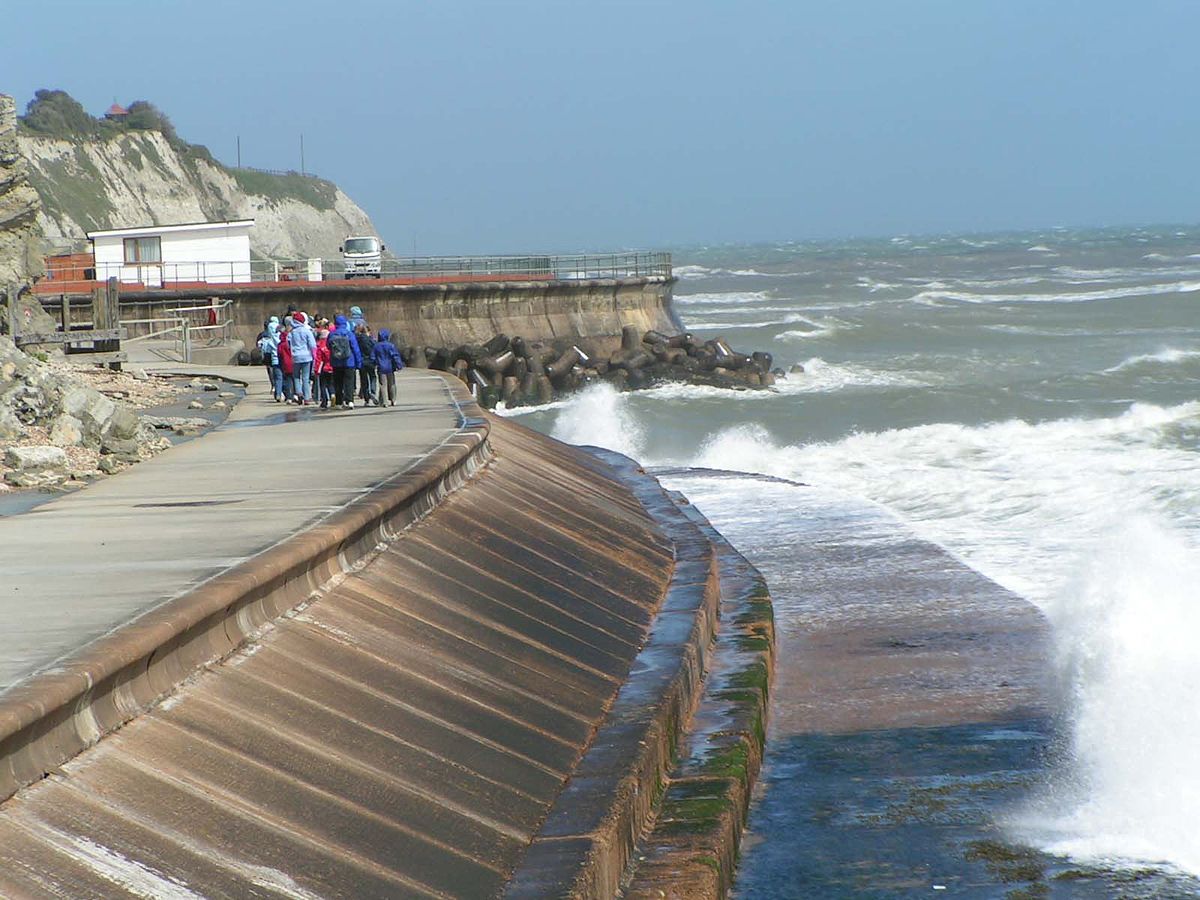8 Easy Facts About Shore Protect Team Explained
Table of ContentsAbout Shore Protect TeamSee This Report about Shore Protect TeamLittle Known Facts About Shore Protect Team.Get This Report on Shore Protect TeamIndicators on Shore Protect Team You Need To KnowThe Basic Principles Of Shore Protect Team Shore Protect Team - The Facts
Incorporated with a high building expense, this has resulted in enhancing use of other soft engineering coastal management options such as beach replenishment. Seawalls are constructed from different products, the majority of generally reinforced concrete, boulders, steel, or gabions. Other feasible construction products consist of vinyl, timber, light weight aluminum, fiberglass composite, and biodegradable sandbags made of hemp and coir. The proper seawall layout depends on location-specific aspects, consisting of bordering disintegration procedures. There are 3 primary types of seawalls: vertical, curved, stepped, and piles (see table below).
Natural obstacles, such as coral reefs and mangrove woodlands, prevent the spread of tsunamis and the circulation of seaside waters and minimized the flooding and surge of water. A cost-benefit approach is an effective way to determine whether a seawall is appropriate and whether the benefits are worth the expenditure.
Not known Factual Statements About Shore Protect Team

Types a hard and strong coastal protection. Mirrored power of waves leading to search at base. Can interfere with natural coastline procedures and ruin coastline environments such as marshes and intertidal beaches.
Getting My Shore Protect Team To Work
This can cause coastlines to dissipate, rendering them worthless for beach goers. Typically, seawalls can be an effective method to regulate seaside erosion, but only if they are built well and out of materials that can endure the force of recurring wave energy.
Superstorm Sandy sent out a storm rise of 45 m onto New Jacket's and New York's obstacle island and metropolitan shorelines, estimated at $70 billion in damages. This trouble could be conquered by further modeling and figuring out the extension of elevation and reinforcement of existing seawalls which requires to take place for safety and security to be guaranteed in both situations.
Some Known Facts About Shore Protect Team.
, rainfall percolating right into the ground behind the wall surface and waves overtopping the wall surface.

Absence of maintenance is likewise a major problem with seawalls. Locals of the location pay hundreds of dollars each year for a seawall repair service program.
Shore Protect Team for Beginners

A seawall, made of rocks in Paravur near Kollam city in India. Seawall building and construction has existed given that ancient times. In the first century BCE, Romans developed a seawall or breakwater at Caesarea Maritima creating a synthetic harbor (Sebastos Harbor). The construction made use of Pozzolana concrete which hardens in call with salt water.
They were floated right into placement and sunk. The resulting harbor/breakwater/seawall is still in presence today more than 2000 years later on.
Shore Protect Team for Dummies
Much more just recently, seawalls were created in 1623 in Canvey Island, UK, when great floodings of the Thames estuary took place, triggering the building and construction of protection for more events in this flood-prone location. Ever since, seawall design has come to be much more complex and intricate in response to a renovation in products, technology, and an understanding of just how seaside processes operate.
Nevertheless, the previous French colonial territory of Pondicherry got away uninjured. This was mainly as a result of French designers who had built (and maintained) a substantial rock seawall during the time when the city was a French colony. This 300-year-old seawall efficiently maintained Pondicherry's historic facility completely dry even though tsunami waves drove water 24 feet (7.3 m) above the typical high-tide mark.
All about Shore Protect Team
At its greatest, the obstacle running along the water's side gets to regarding 27 ft (8.2 m) over water level. The stones, some evaluating as much as a heap, are weathered black and brown. The seawall is evaluated annually and whenever voids appear or the stones penetrate the sand, the government adds extra rocks to keep it strong.